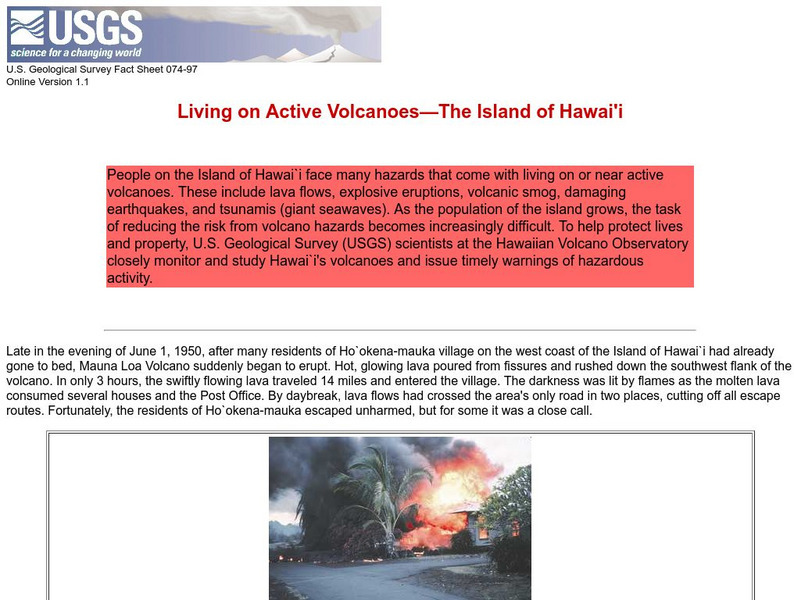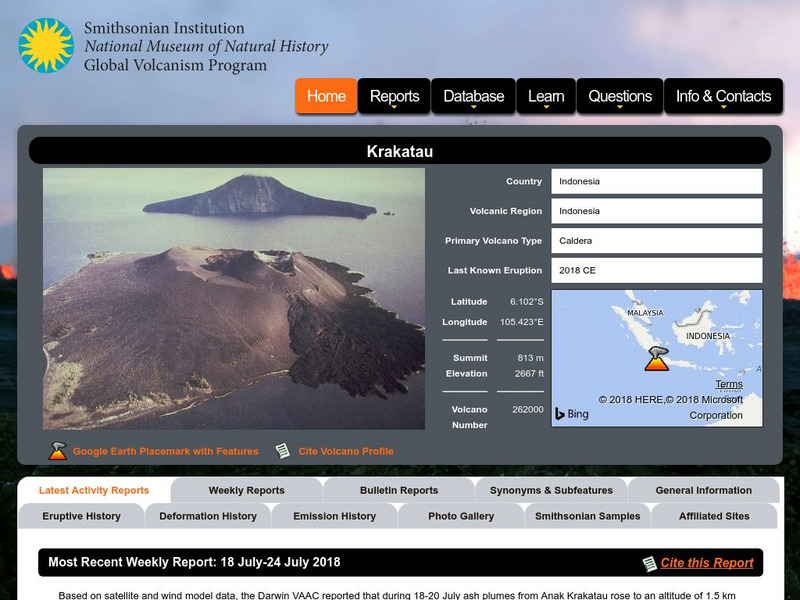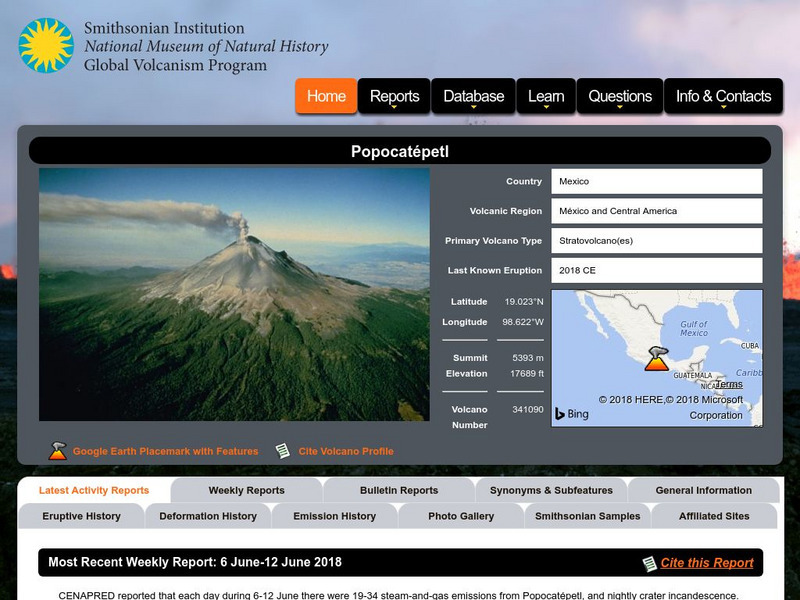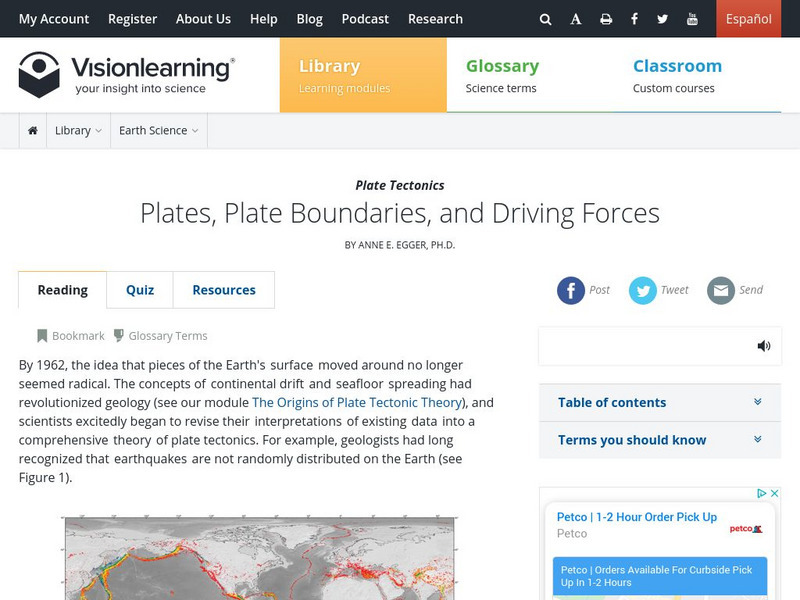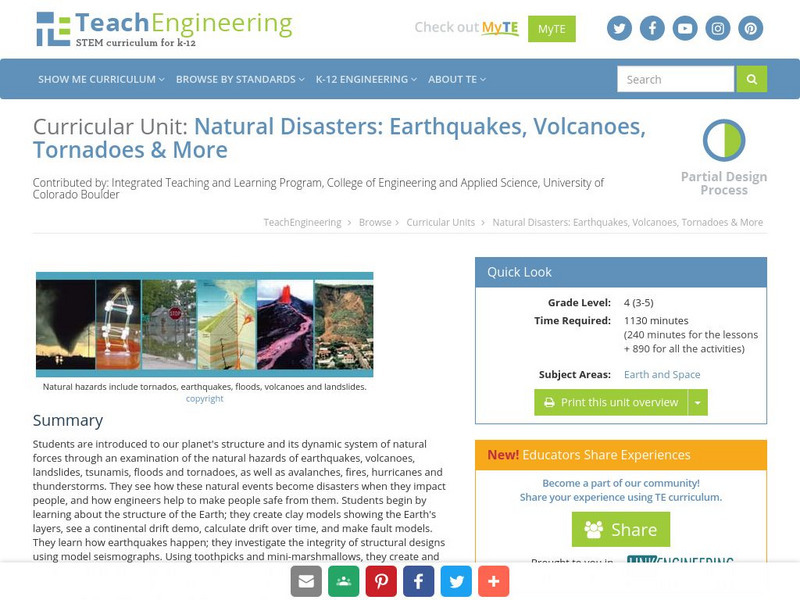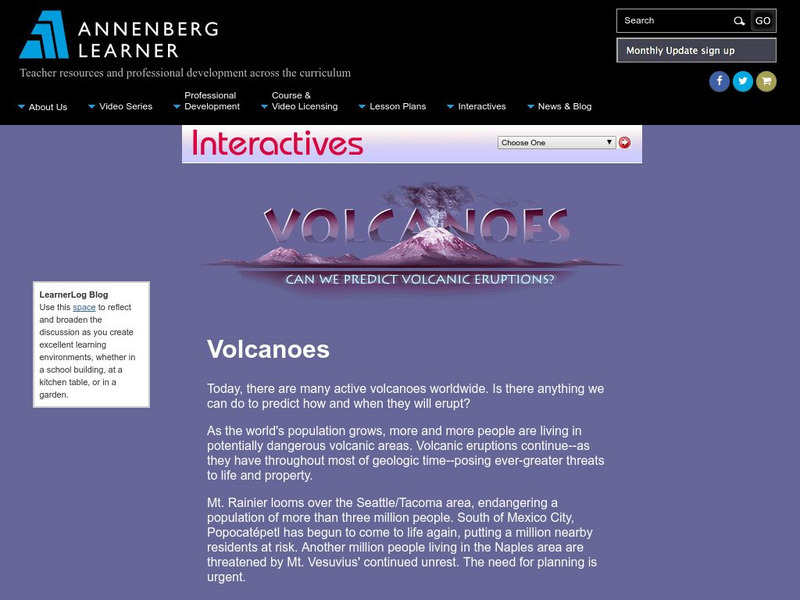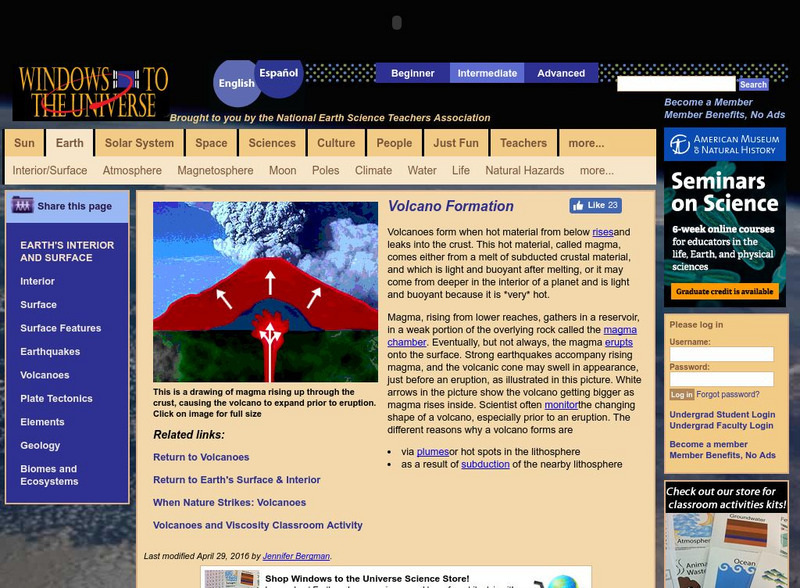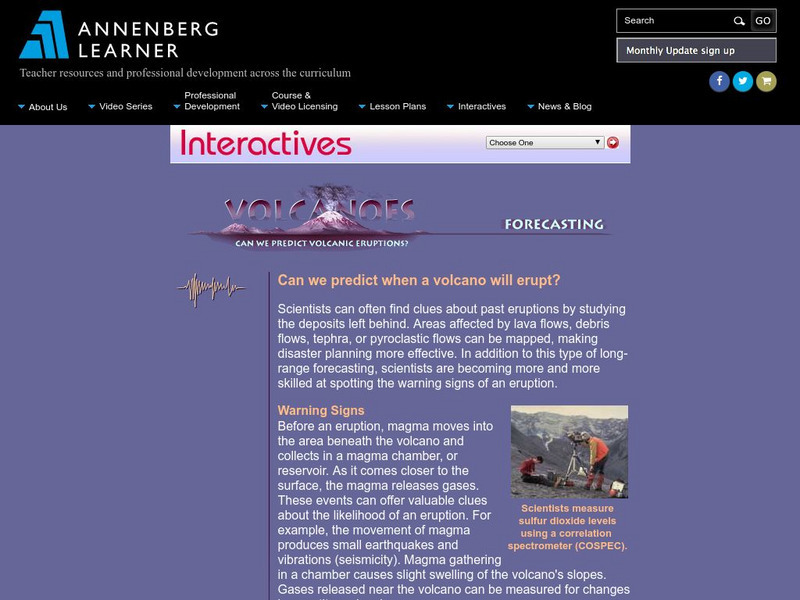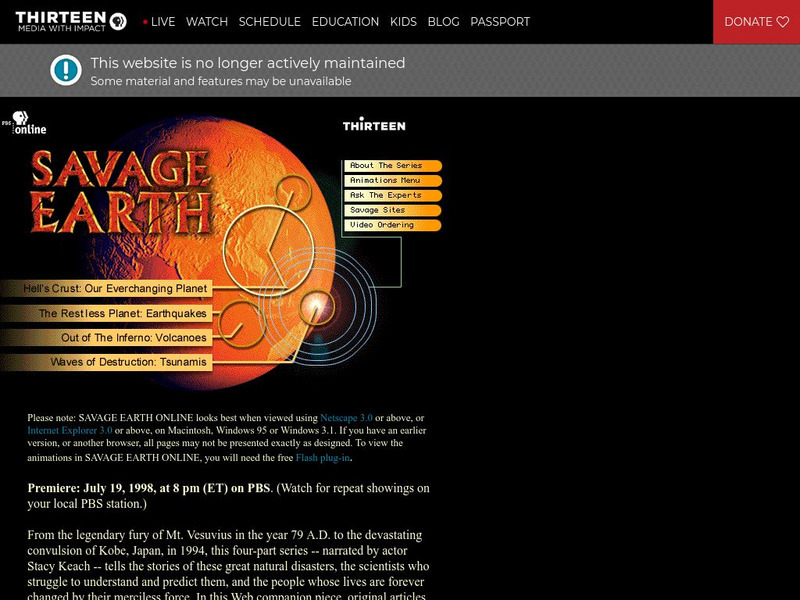US Geological Survey
Us Geological Survey: Volcanoes
This online book by Robert Tilling covers some key concepts such as eruptions, extraterrestrial volcanoes, and people and volcanoes.
US Geological Survey
U.s. Geological Survey: Volcanoes of the u.s.
This graphical and textual journey about the US volcanoes was made by Steven Brantley. There is an introduction, volcanoes and plate tectonics, Hawaiian volcanoes, cascade volcanoes, restless volcanoes, a glossary and further readings.
US Geological Survey
Us Geological Society: Hawaiian Volcanoes
This is an online book about Hawaiian volcanoes. You can learn about the past, present and future of the Hawaiian volcanoes.
US Geological Survey
Living on Active Volcanoes on Hawaii
Living on the island of Hawaii brings you the hazard of living near a volcano. Read about actual eruptions and get scientific seismic information and maps.
US Geological Survey
Us Geological Survey: Ring of Fire & Plate Tectonics
A massive amount of information on the Ring of Fire and plate tectonics. There are links to graphics and text. The volcanoes in the Ring of Fire are discussed in detail by area.
US Geological Survey
Us Geological Survey/ 20th Century Eruptions
table of 20th century eruptions. The dates are in chronological order starting with the most recent. Each eruption has a link and a description.
US Geological Survey
Us Geological Survey: Mt. Vesuvius, Italy
Explore some useful information about Mt. Vesuvius of Italy.
Smithsonian Institution
National Museum of Natural History: Global Volcanism Program: Krakatau
The volcano Krakatau is in Indonesia. Learn about its background information, description, frequently asked questions, items of interest and useful links.
Smithsonian Institution
National Museum of Natural History: Global Volcanism Program: Volcanoes of the World
The Smithsonian Institute presents a searchable database on volcanoes of the world. Search by region, volcano name, or eruption date. There is also a chronological list of large eruptions during the last 10,000 years.
Smithsonian Institution
National Museum of Natural History: Global Volcanism Program: Popocatepetl Mexico
A lot of links to Popocatepetl in Mexico. You can link to background information, graphics and images, items of interest, menu of interest and useful links.
Vision Learning
Visionlearning: Earth Science: Plate Tectonics Ii: Plate Boundaries and Forces
Instructional module focusing on plate tectonics. Discussion includes plates, plate boundaries, and driving forces. Site also includes an interactive practice quiz and links relating to the topic.
Google Cultural Institute
Google Cultural Institute: The Hidden Worlds of the National Parks
This site takes viewers on a virtual tour through five of the U.S. National Parks: Alaska's Kenai Fjords, Hawaiian Volcanoes, New Mexico's Carlsbad Caverns, Utah's Bryce Canyon, and Florida's Dry Tortugas.
NASA
Nasa Space Science Data Archive: Photo Gallery: Venus
Photos of Venus' surface and cloud tops. Includes 3-D surface views. Thumbnail images load quickly and link to larger files for more detail.
TeachEngineering
Teach Engineering: Ready to Erupt!
Students observe an in-classroom visual representation of a volcanic eruption. The water-powered volcano demonstration is made in advance, using sand, hoses and a waterballoon, representing the main components of all volcanoes. During...
TeachEngineering
Teach Engineering: Measuring Lava Flow
Students learn how volume, viscosity and slope are factors that affect the surface area that lava covers. Using clear transparency grids and liquid soap, students conduct experiments, make measurements and collect data. They also...
TeachEngineering
Teach Engineering: Natural Disasters
Students are introduced to our planet's structure and its dynamic system of natural forces through an examination of the natural hazards of earthquakes, volcanoes, landslides, tsunamis, floods and tornados, as well as avalanches, fires,...
TeachEngineering
Teach Engineering: How Far Does a Lava Flow Go?
While learning about volcanoes, magma and lava flows, students learn about the properties of liquid movement, coming to understand viscosity and other factors that increase and decrease liquid flow. They also learn about lava composition...
Annenberg Foundation
Annenberg Learner: Volcanoes: Can We Predict Volcanic Eruption
Wonderful presentation on volcanoes! Why do volcanoes erupt? How do they erupt? What happens to the land? Can volcano eruptions be predicted? Find the answers by clicking on this resource!
National Earth Science Teachers Association
Windows to the Universe: Volcano Formation
Explanation of the factors that result in the formation of volcanoes, some basic but helpful animations and photographs.
Annenberg Foundation
Annenberg Learner: Volcanoes: Forecasting Eruptions
A look at some of the methods and problems with forecasting volcanic eruptions.
Curated OER
National Park Service: Hawai'i Volcanoes National Park
This site is the home site for the Hawai'i Volcanoes National Park. From this site you can find visitor information, history and culture, news and events and more.
US Geological Survey
Us Geological Survey: Mt. Rainier
Extensive information on Mt. Rainier in Washington. Links to current information, background information, visit a volcano, items of interest, publications and reports, educational outreach, menus of interest and useful links.
US Geological Survey
Us Geological Survey: Mt. Saint Helens
All the information that you would ever want to know about Mt. Saint Helens. There is a massive number of links to current information, background information, items of interest, eruption history and the May 18, 1980 eruption.
PBS
Wnet: Thirteen: Savage Earth Online
PBS produced "Savage Earth," a television series about volcanoes, earthquakes, and tsunamis. Contains extensive information with great graphics.





